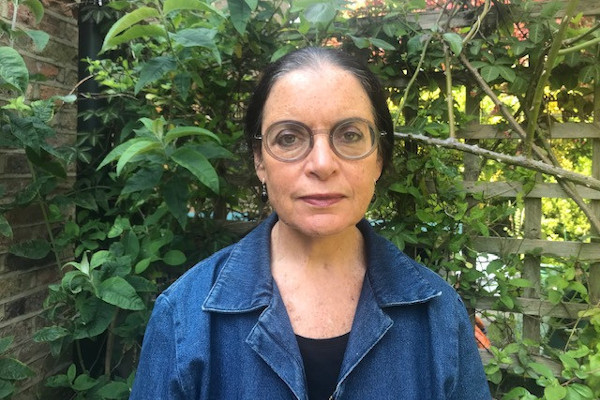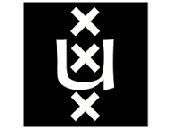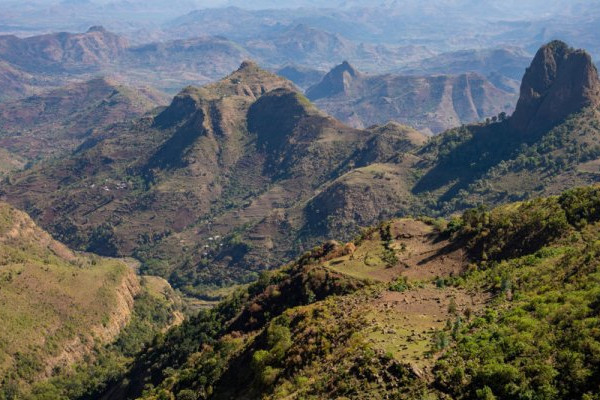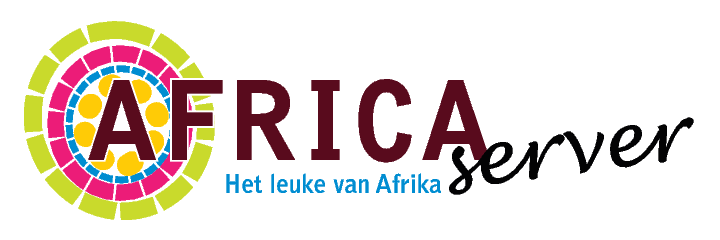Agenda 29 Mei - 04 Juni 2022
Zondag 29 Mei

Public lecture and Q&A — Professor Tamar Garb: THINKING WITH SOUTH AFRICAN PHOTOGRAPHY: THEN AND NOW
Zondag 29 Mei 2022 15:00 - 17:00
This public lecture is organized as part of the annual Visiting Fellow of Modern and Contemporary Art, a collaboration between The RKD – Netherlands Institute for Art History, the Stedelijk Museum Amsterdam and the University of Amsterdam.
The 2021-2022 fellow is the art historian Tamar Garb. Professor Garb’s research has focused on questions of gender and sexuality, the woman artist and the body in nineteenth and early twentieth century French art. Key publications include Sisters of the Brush: Women’s Artistic Culture in Late Nineteenth Century Paris (Yale University Press, 1994) and The Painted Face, Portraits of Women in France 1814 -1914 (Yale University Press, 2007). Her more recent work addresses post apartheid culture and art as well as the history of photographic practices in South Africa. She has notably curated a number of exhibitions in this field, including, in 2008 Land Marks/Home Lands; Contemporary Art from South Africa at Haunch of Venison Gallery in London, in 2011 Figures and Fictions: Contemporary South African Photography at the Victoria & Albert Museum, London and in 2014/15 Distance and Desire: Encounters with the African Archive, Walther Collection, New York, Neu Ulm and Berlin. Her article ‘Painting/Politics/Photography: Marlene Dumas, Mme Lumumba and the Image of the African Woman’ appeared in the journal Art History, in 2020. Professor Garb is Durning Lawrence Professor of History of Art at University College London and a Fellow of the British Academy.
Dinsdag 31 Mei

Can we unlearn racism?
Dinsdag 31 Mei 2022 17:00 - 18:30
Europe does not have a good track record when it comes to addressing racism—or even admitting it exists. Despite the pervasiveness of ethnic profiling, police brutality and discrimination on the housing and labor markets, countries struggle to tackle racism. In Can We Unlearn Racism? Jacob Boersema uses South Africa as a lens to understand this challenge. What does a small white minority in Africa teach Europeans about how to face a racist past? Boersema argues that it requires nothing less than unlearning racism: confronting the shame of a racist past, acknowledging privilege, and, to varying degrees, rethinking notions of white nationalism. Drawing on interviews with a cross-section of White South Africans, Boersema depicts the limits and possibilities of individual and collective transformation. He also reveals that the process of unlearning racism can give rise to white identity politics—a new form of racism born out of misappropriatingantiracist strategies. In this event we will investigate a question that should be at the forefront of every society’s collective consciousness.
Vrijdag 03 Juni

PhD defence: Understanding the process of valley bottom gully formation and development to reduce reservoir sedimentation in the highlands of North-western Ethiopia
Vrijdag 03 Juni 2022 13:30 - 15:00
PhD candidate: SD (Selamawit) Amare. Promotor: prof.dr.ir. SEATM (Sjoerd) van der Zee. Co-promotor: dr.ir. MJ (Martine) van der Ploeg & dr. SD Keesstra. Organisation: Wageningen University, Soil Physics and Land Management
Gully erosion is an important environmental and food security issue that the globe is grappling with, particularly in developing nations. This study aimed to understand valley bottom gully erosion processes using field measurement and
modeling approaches. This research improved our understanding of the controlling factors and rate of gully head erosion and provided an efficient strategy for identifying gully erosion hotspot areas. Moreover, the study provides insight into how variations in soil type such as Nitisol and Vertisol lead to variabilities in the soil morphology and hydrology, resulting in variations in gully head retreat rates. Finally we have developed a new model called Gully Erosion by Headcut Migration (GEHM) that accounts for various environmental and climatic factors and model gully head erosion at a landscape scale. This thesis's findings could be used to design a better and more informed gully management strategy at the valley bottom.



